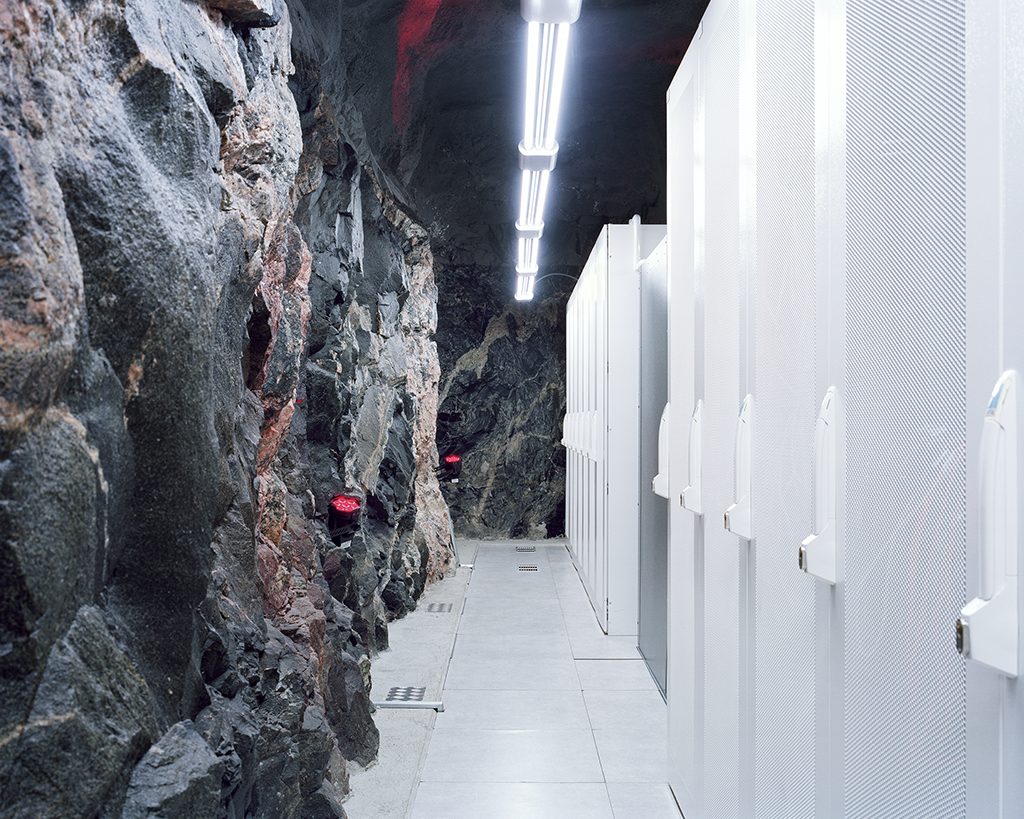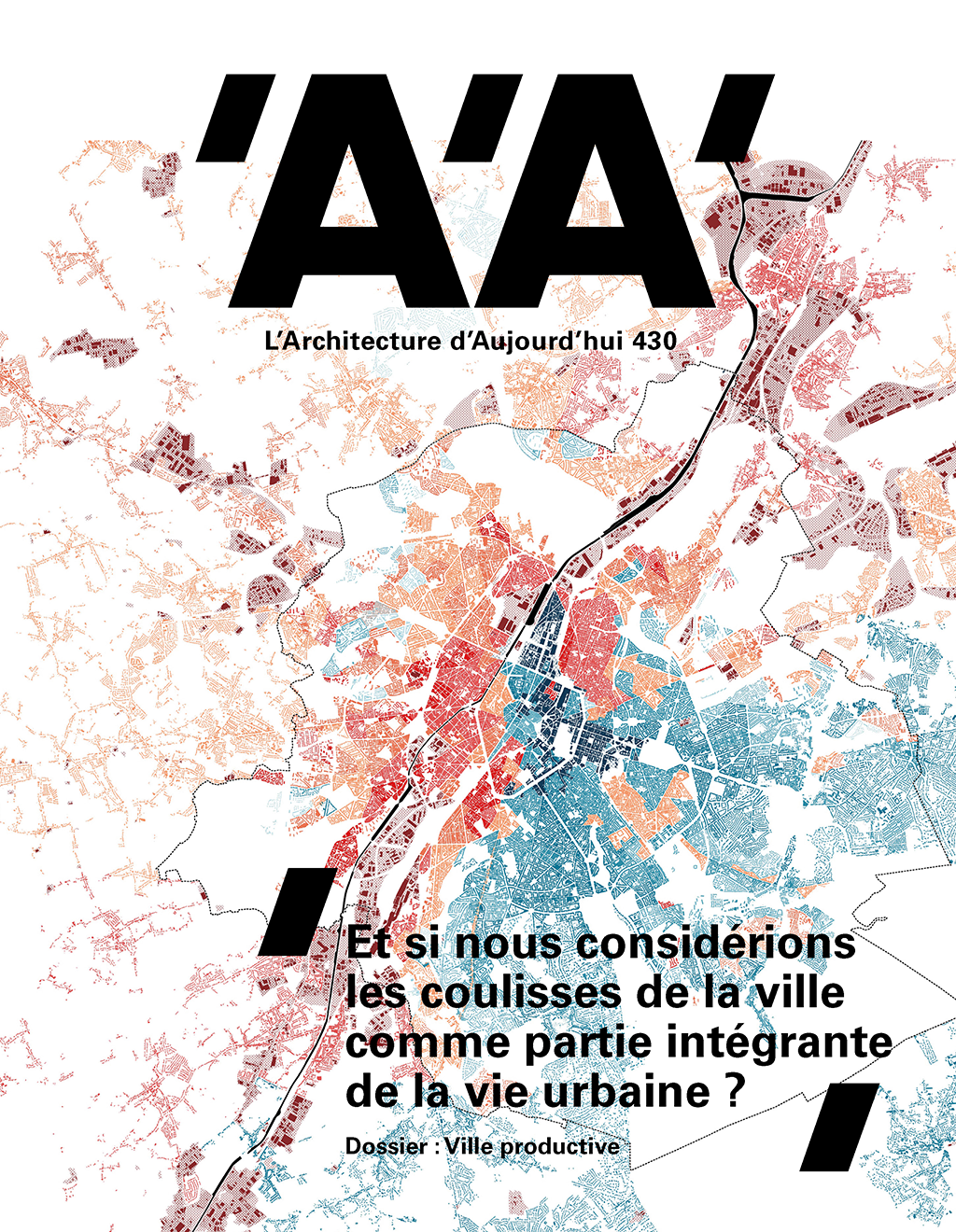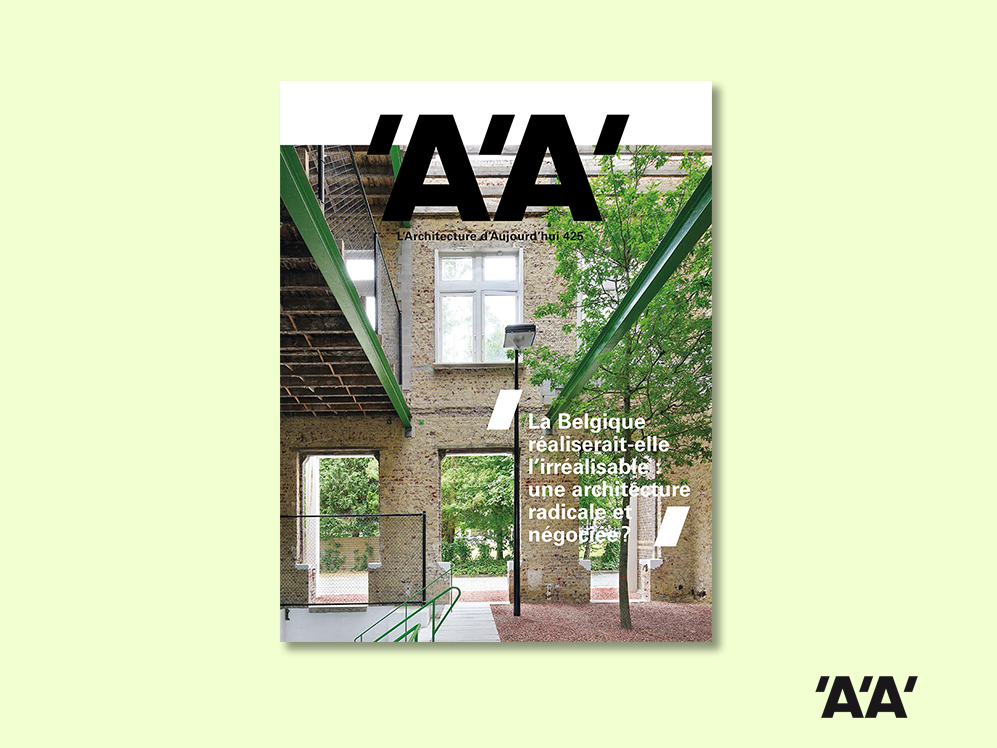Philippe Braquenier, photographer of the inventory
Through his ‘Palimpseste’ series initiated in 2012, Belgian photographer Philippe Braquenier has been creating an inventory of the methods used worldwide to preserve history, heritage, written and now digital evidence of our civilisation. The photographer organises his images according to the Universal Decimal Classification, which is the most commonly used multi-language classification system in the world, regardless of the medium. Libraries, archives, data centres: the series considers the places in which information is stored, going beyond the collection approach to read between the lines an illustration of the “way in which history is constantly being modified and added to”. For AA Philippe Braquenier answers three questions about his approach and his first book ‘Palimpseste’.
You define yourself as “an artist working at the boundary between conceptual and documentary photography”. Could you give us a brief introduction to your work?
My work is the result of a relatively rigorous research and investigation process, often starting with a global societal issue. My projects usually begin with a very long gestation, in which I spend my time reading scientific, journalistic and philosophical articles. As a result, my projects are documentary but attempt to represent several concepts, and are constructed in layers more or less perceptible.

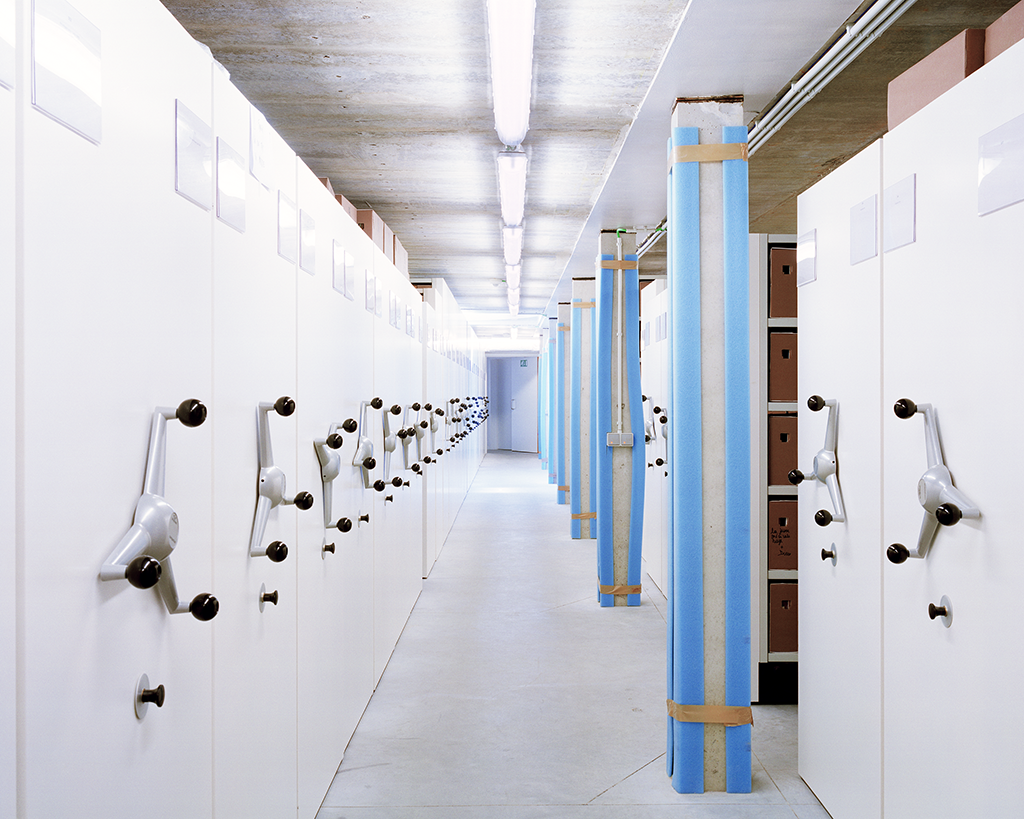
In 2018, ‘Palimpseste’ appeared, your first book from the eponymous photographic series. What was the starting point of this editorial project?
The book, as a vector of knowledge and support for proven longevity, was undeniable in the realization of the project and was foreseen from its inception. It is made up of anci-acid cardboard specially used in the world of archiving. In its design, the relationship between text and image has been paramount and each image is linked to a very detailed text. In their exposed form, the images and texts are framed in a single piece to make them inseparable. I’m interested in how the text can change our perception and make us travel spatially to access information. I also used a similar principle in the form of the book in which the texts are, this time, disconnected but linked via the Universal Decimal Classification. This project is a constant work in progress, also conceived in the design of the book, in which the pages are linked by quick clips. They can be removed and rearranged to make its own layout and in this way appropriate the book.
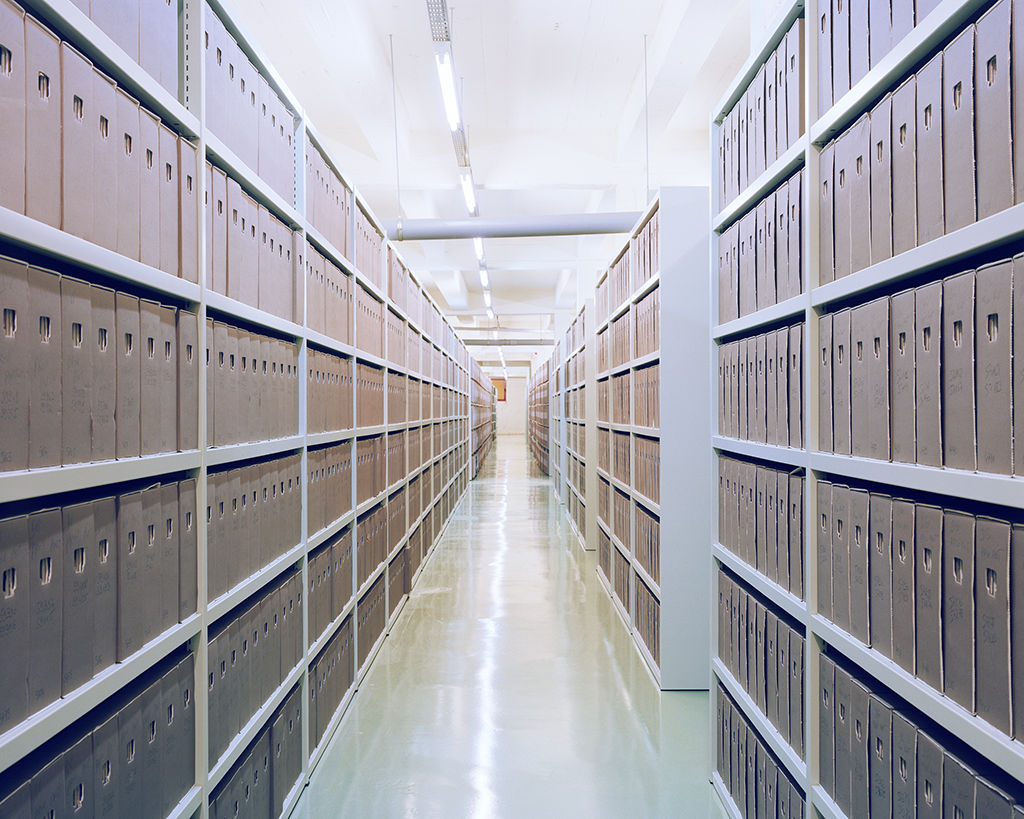
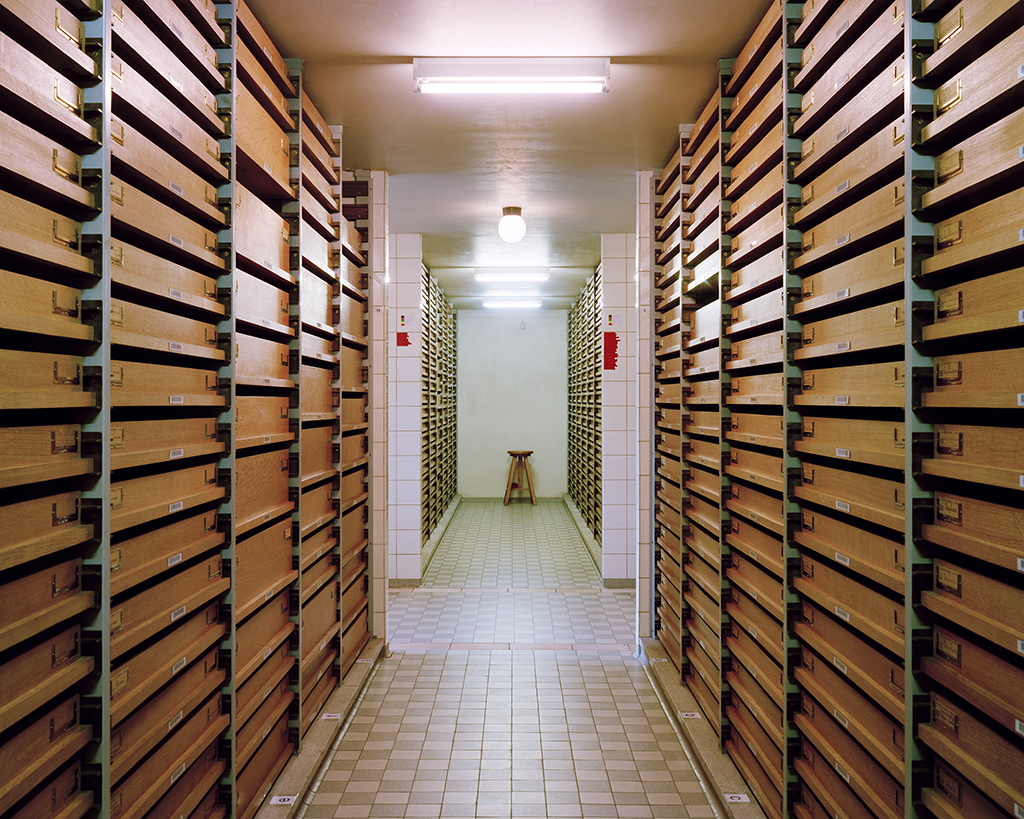
How do you relate to architecture?
I’ve always been close to architecture, but I’ve never wanted to work exclusively on architecture. For example, the representation of ‘Palimpseste’ stems solely from its concept but this particular project led me to create a carte blanche for the Belgian pavilion at the last Venice Architecture Biennale in 2018.
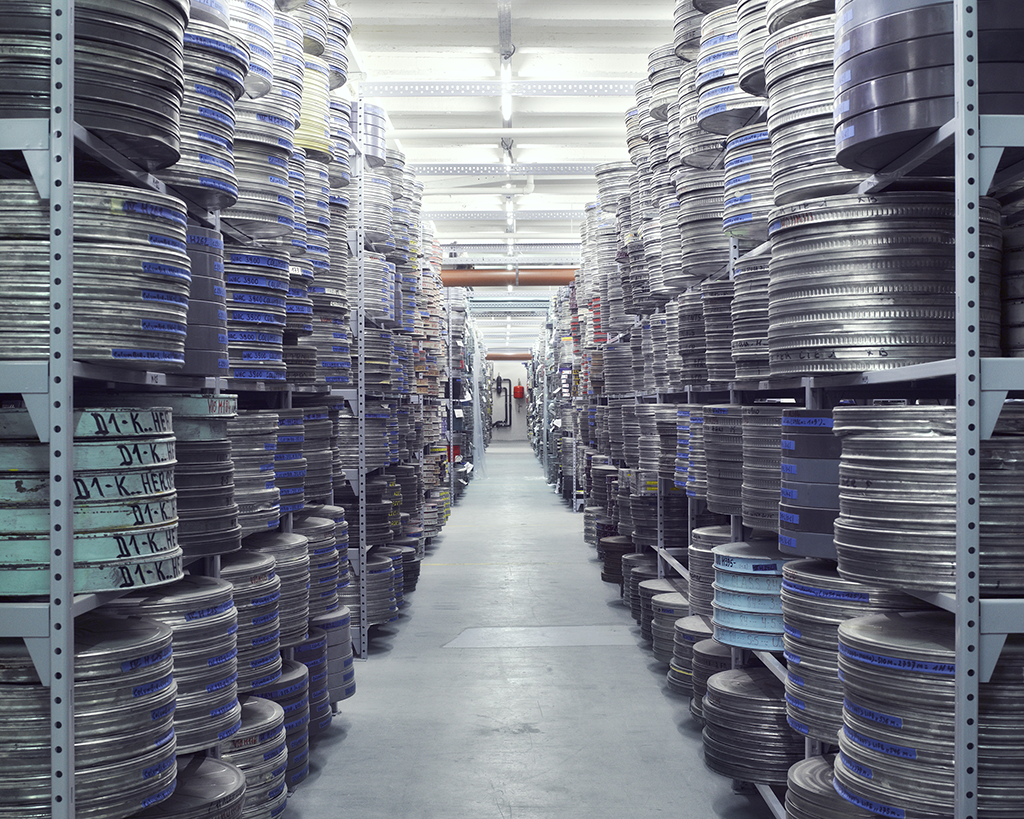
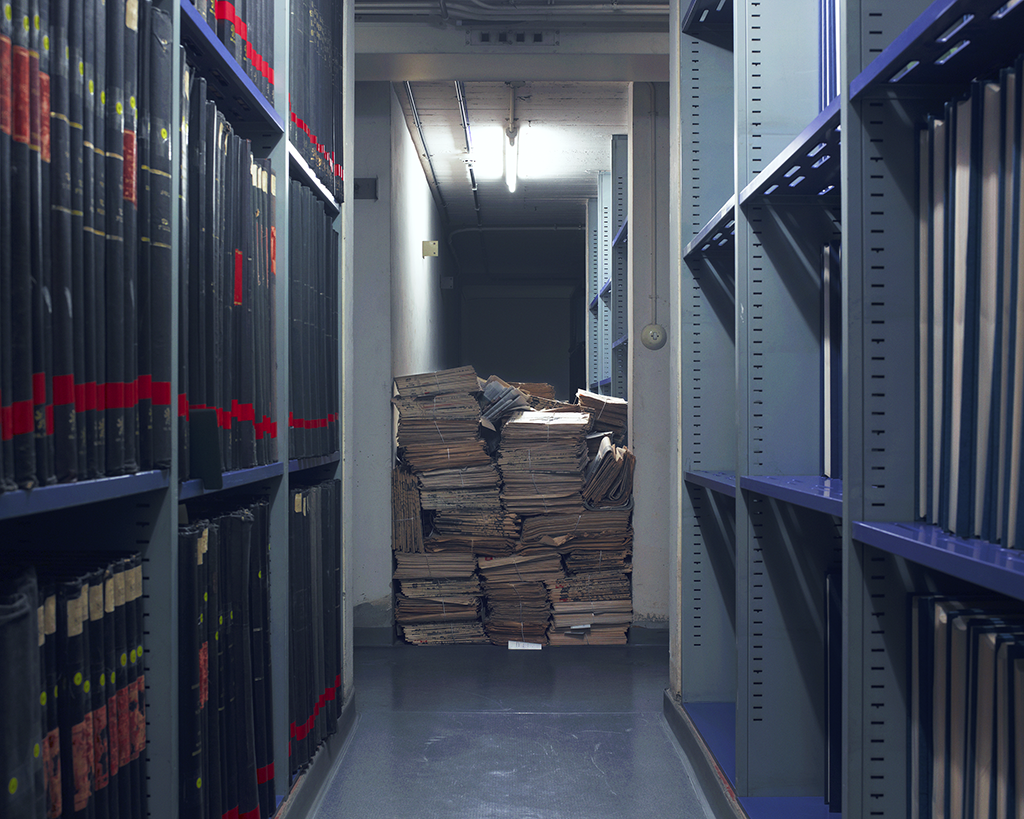
Find the report dedicated to Philippe Braquenier in the 430 «Productive City» of L’Architecture d’Aujourd’hui, available in our online shop.

